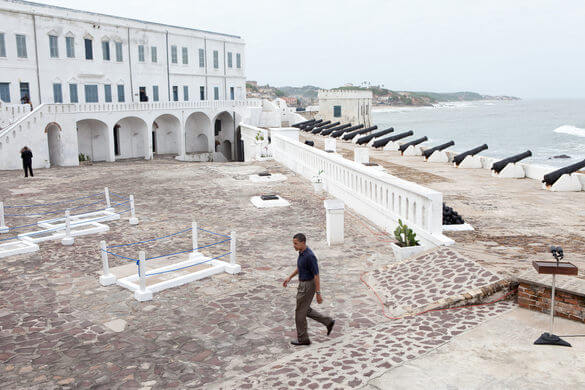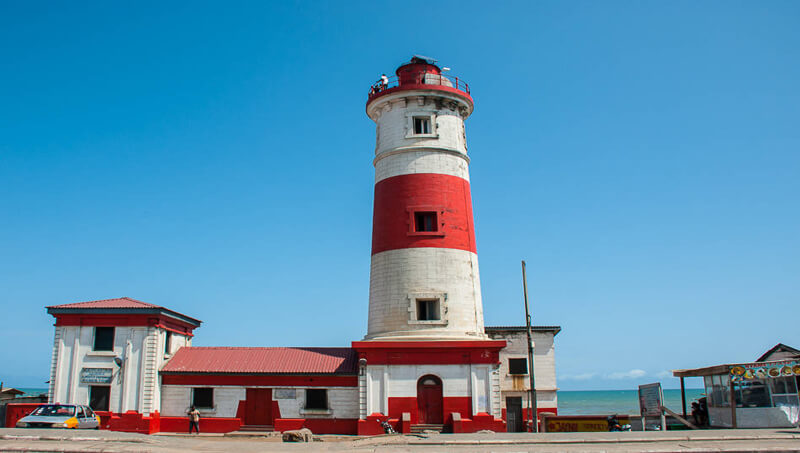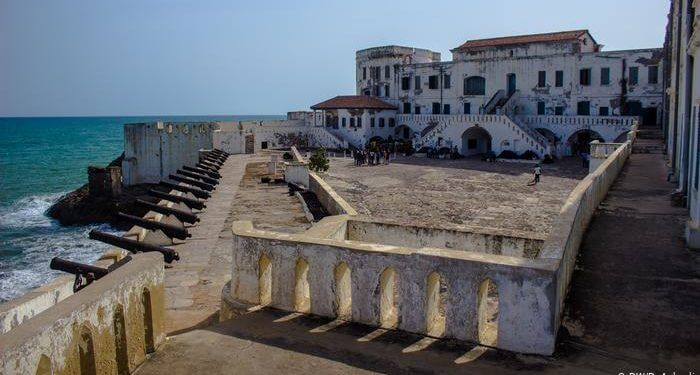2019 has been declared the “Year of Return” marking the 400th Anniversary of the first ship carrying enslaved West Africans to Jamestown, Virginia.
Despite the fact that it may seem like a tough thing to “celebrate”, it’s an important opportunity to celebrate the resilience of black people on both sides of the Atlantic. Hence the call to people to come to their ancestral homes in the Year of Return.
In remembrance of the event which has been described as humanities greatest injustice against black people, Ghana’s President, Nana Akufo-Addo has declared 2019 as the “Year of Return” for people of African descent in the Diaspora.
The Aim of the ‘Year of Return’
The aim of this initiative is to bridge the relationship gap between Africans and their brothers and sisters living in the Diaspora as well as helping them retrace their roots.
Ghana which is sometimes called the gateway to West Africa has some of the world’s most beautiful beaches, green national parks, historic castles/forts, Rocky Mountains that need exploring.
As the world marks the Year of Return, this article looks at some major landmarks in Ghana that was directly involved in the Slave Trade.
When you arrive in Ghana or already in Ghana, check out these landmarks .
1. Elmina Castle

Elmina Castle was erected by the Portuguese in 1482 as São Jorge da Mina (St. George of the Mine) Castle, also known simply as Mina (or Feitoria da Mina) in present-day Elmina, Ghana (formerly the Gold Coast).
It was the first trading post built on the Gulf of Guinea. Additionally, it became the oldest European building in existence south of the Sahara. First established as a trade settlement, the castle later became one of the most important stops on the route of the Atlantic slave trade. This site would revs up emotions in the visitors who show up for the Year of Return.
The Dutch seized the fort from the Portuguese in 1637. This was after an unsuccessful attempt to the same extent in 1596. The Dutch then took over all of the Portuguese Gold Coast in 1642. The slave trade continued under the Dutch until 1814. In 1872, the Dutch Gold Coast, including the fort, became a possession of the British Empire.
Today, Elmina’s economy is sustained by tourism and fishing. Elmina Castle is preserved as a Ghanaian national museum. The monument was designated as a World Heritage Monument under UNESCO in 1979. It is a place of pilgrimage for many African Americans seeking to connect with their long lost heritage.
2. Cape Coast Castle

Cape Coast Castle is one of about forty “slave castles”, or large commercial forts, built on the Gold Coast of West Africa (now Ghana) by European traders.
It was originally a Portuguese “feitoria” or trading post, established in 1555. However, in 1653 the Swedish Africa Company constructed a timber fort there. It originally was a centre for the trade in timber and gold. It was later used in the trans-Atlantic slave trade.
Other Ghanaian slave castles include Elmina Castle and Fort Christiansborg. They were used to hold slaves before they were loaded onto ships and sold in the Americas, especially the Caribbean. This “gate of no return” was the last stop before crossing the Atlantic Ocean.
3. Jamestown/Usshertown, Accra

Jamestown and Usshertown are located directly east of the Korle Lagoon. They are the oldest districts in the city of Accra, which emerged as communities around the 17th century. British James Fort and Dutch Ussher Fort are on the Gulf of Guinea coast.
These districts were heavily developed by the end of the 19th century. Following the rapid growth of the city during the 20th century, they became areas of a mixture of commercial and residential use.
The Lighthouse
The original Jamestown Light, built by the British at James Fort in 1871, was replaced in the 1930s by the current Accra Light, which is 28 m (92 ft) tall.
The lighthouse, which is 34 metres (112 ft) above sea level, has a visibility of 16 nautical miles (30 km). It overlooks the harbour and gives the opportunity to see the James fort, the Bukom district and the Ussher fort from a bird’s-eye view. If you are visiting Ghana in the Year of Return, you must see to appreciate it better.
The Jamestown lighthouse is located in the Jamestown neighbourhood of Accra, Ghana. The 28-metre (92 ft) structure was originally built in the 1930s, replacing an earlier lighthouse that had been built in 1871.
It consists of a stone tower with lantern and gallery, attached to a keeper’s house. Both lighthouse and keeper’s house are painted with red and white horizontal bands.











